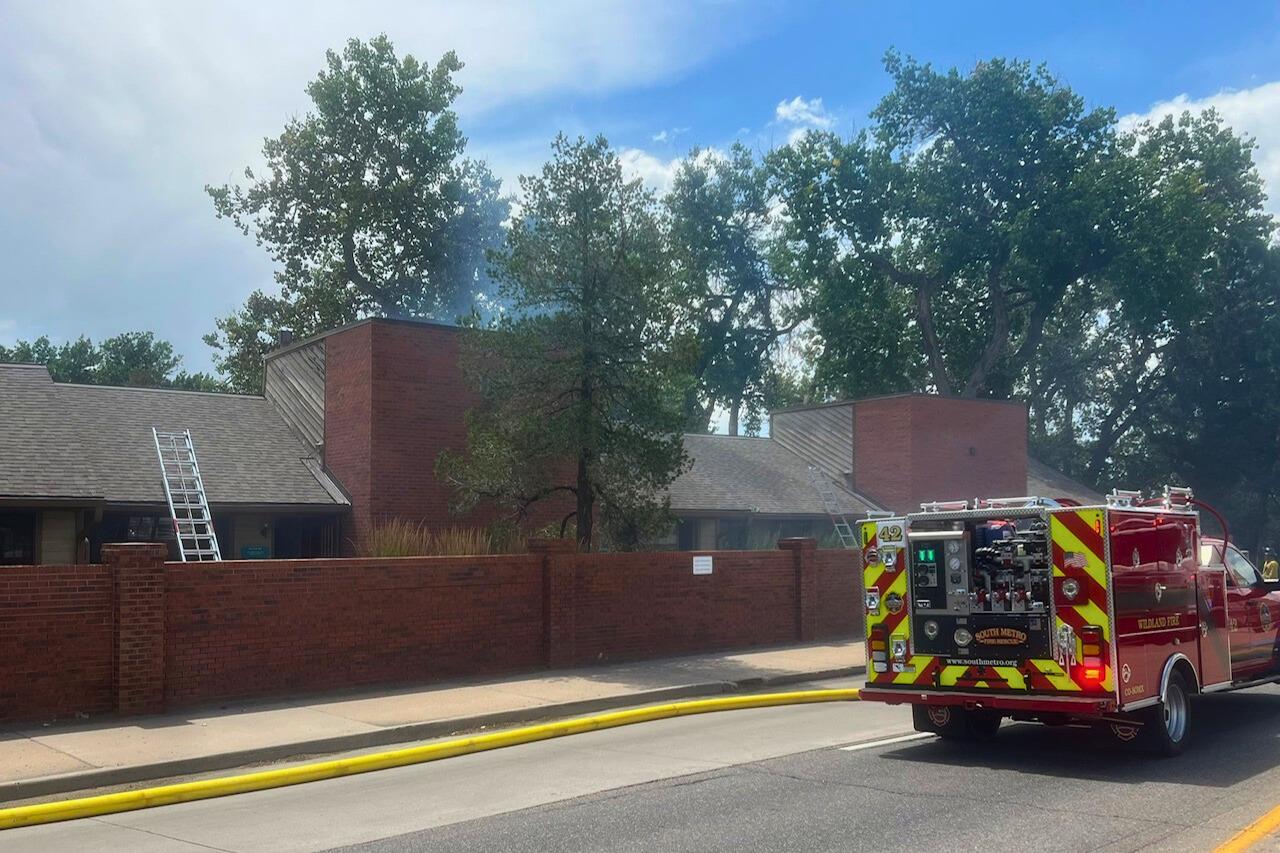
A new guide released Monday seeks to help Colorado schools successfully introduce blending learning, a growing practice combining traditional classroom instruction with online coursework.
The Colorado Blended Learning Roadmap, commissioned by state lawmakers, urges school officials to consider three main priorities: effective teacher training and increased support; flexibility in school policies to support the model; and access to quality technology and other tools.
The goal, in part, is to increase educational equity — providing guidance so students in rural districts and districts lacking resources can get more exposure to blended learning.
The guide is expected to inform the state Department of Education and policymakers about what steps need to be taken so that schools and districts can take better advantage of the learning structure.
The roadmap was produced by Colorado Empowered Learning, a state-supported organization that promotes blended and online learning, experts assembled by the group and the Keystone Policy Center.
Organizers held community meetings throughout the state and conducted online surveys in more than 50 school districts with the hope of creating a comprehensive plan that can be applied to districts with a variety of needs, said Troy Lange, the project director.
“Blended learning really is an instructional method that’s led by a teacher, that promotes equity through personalized competency-based learning, and that affords the opportunity for project-focused learning to occur,” Lange said. “There’s still a lot of confusion about what blended learning is and why it’s important to champion that methodology.”
A common misconception about blended learning is that the online instruction will supercede, or phase out, teacher instruction, said Judy Perez, one of the roadmap’s developers and CEO of iLearn Collaborative, a consulting group that helps establish blended learning in schools.
Perez said blended learning supplements teacher instruction by helping students personalize the pace and intensity of some classes, with the role of the teacher still being the “main guide.” She said online courses in tandem with classroom instruction can fill gaps for small or rural schools that might not have the resources to offer courses a student might need or want to take.
“Colorado has already taken the initial steps to bringing this to the forefront,” Perez said. “At a statewide level I do believe that eventually, in our state, every district will be implementing models of blended learning. But not just because it’s blended learning. It leads toward the personalization of an education for a student.”
Chalkbeat is a nonprofit news site covering educational change in public schools.











